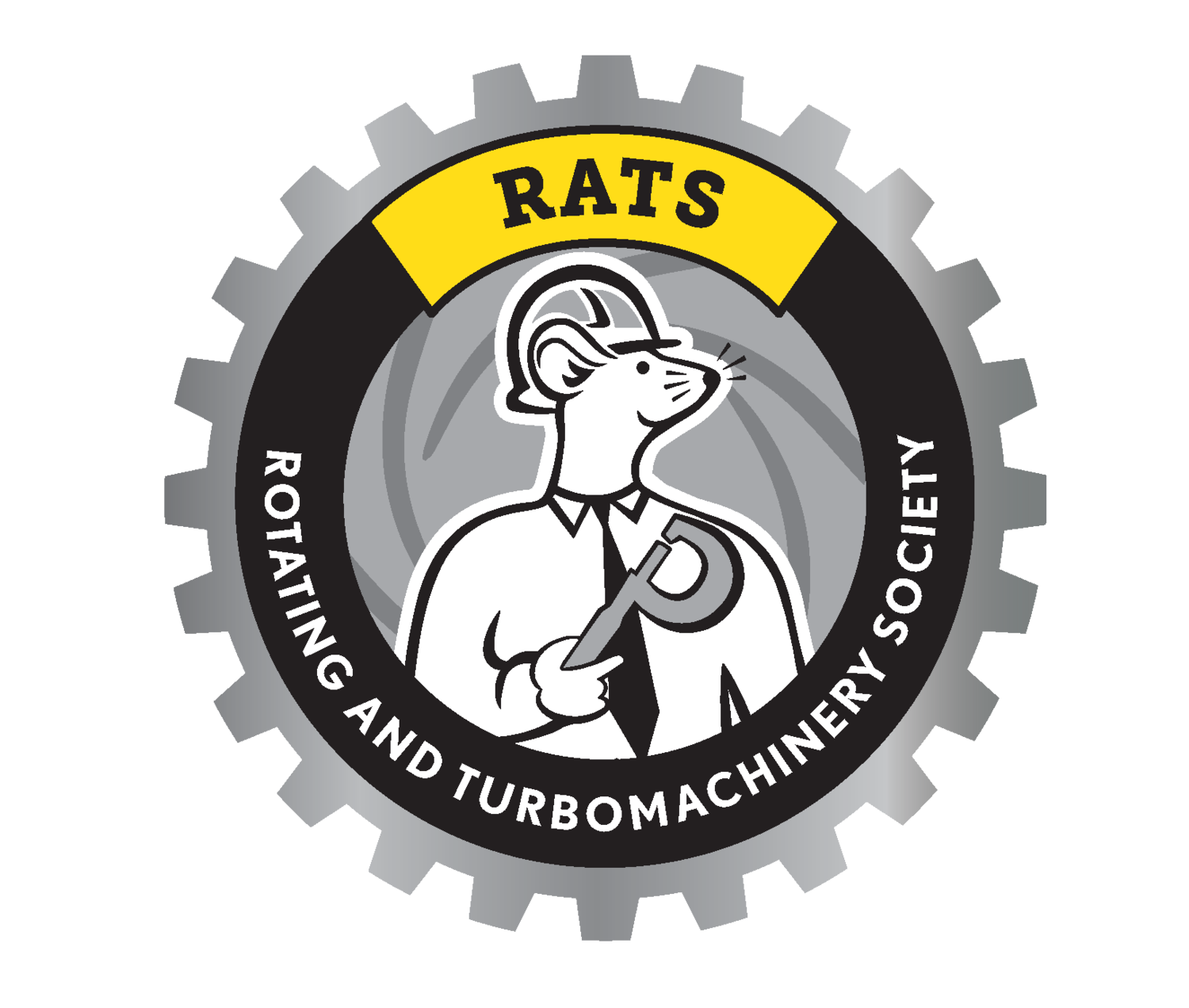TOPIC:
Reducing Emissions in Reciprocating Compressors through Engineered Revamps
INSTRUCTOR(S):
-
As Director of Technical Solutions, Craig leads a highly skilled team of technical professionals focusing on solving complex issues and maximizing the peak performance of reciprocating compressor systems. This includes revamp projects, technical support, troubleshooting activities and investigations, reverse engineering, and many other miscellaneous compressor related projects. Craig has over 16 years of reciprocating compression experience with Burckhardt Compression having worked in a variety of roles with the company supporting end user equipment across the globe. Craig is a Millwright by trade having graduated from Durham college with continued learnings through field experience and reciprocating compressor related training courses.
DETAILS:
One (1) hour presentation, including up to 15 min. Q&A
DESCRIPTION:
There is no doubt that the push to reduce emissions across the globe and specifically in Canada will only be picking up steam in the years to come given the ambitious goals set out by governments around the world. The 2030 Emissions Reduction Plan set forth outlines a sector-by-sector path for Canada to help do our part by reaching the country's emissions reduction target of 40 percent below 2005 levels by 2030 and net-zero emissions by 2050. As members of the Energy / industrial community there is an immense amount of responsibility on end users and equipment suppliers to help aggressively drive down the emissions that are produced through operating equipment at the various facilities across Canada.
There are increasingly more local penalties and fines for flaring that are now being enforced so end users have no choice but to adapt with new designs to re-route the previously vented gas to an appropriate containment. One of the ways in which emissions can be reduced for reciprocating compressors is through engineered revamps solutions. This presentation will cover some of the different ways in which these new designs can help reduce leakage rates and improve the overall efficiencies of compressors. This can be done by upgrading packing materials, design changes to the packing case and sweep/purge/buffer systems, with the option to reinject leak gas back into the compressor system.
Throughout this presentation we will explore some of the different examples of compressor applications that would benefit from utilizing sealing system and recovery system revamps to lower and ultimately eliminate emissions.
Properly executed these revamps will result in improved process efficiencies, reduced operational expenses, reduced environmental impact, where possible increase mean time between outages and of course contribute to a healthier social license.
Burckhardt's approach to reducing emissions from reciprocating compressors can be adapted in a multistep approach.
Step 1. Compressor health survey. Perform a comprehensive compressor system assessment that helps you get a baseline of your compressors systems condition. It should include:
An assessment of previous maintenance and operational history
Recommendations for activities that can improve compressor performance
A full report of the health of your system for your records
Step 2. Packing system upgrades: Design a custom sealing solutions (Packing and Piston) for your compressor based on its current operating conditions. This packing case will use a series of different elements to allow for increased sealing efficiency and meantime between overhauls.
Step 3. In addition to the sealing system upgrades, monitoring can be added for better predictive maintenance. This would typically be temperature and flow monitoring of the leak gas along with buffer and purge panels. The additional monitoring and buffering will allow operations and maintenance to make predictive decisions on interventions. This will eliminate the need to use time based maintenance and ultimately decrease operational expenses.
Step 4. If conditions are adaptable, the leak gas can be reinjected back into the suction gas stream or other locations of the plant. This is the full circle of emissions reduction. Depending on application there could be a booster compressor installed to take the leak gas which would typically be sent to safe location or flare and reinject it into a useful stream of the system. This not only saves from gas being lost to the environment but it keeps the gas where it can continue to create value for your compressor system.
Efficiencies do not stop at just the sealing systems. Additional efficiencies can be found in converting lubricated compression systems to dry running. This reduces the operational expense for cylinder lubrication, maintenance on lubricators, maintenance on filtration, and downstream equipment.
Compressor valves can also be assessed for efficiencies, using the latest technology compressor valves can create increased flow and reduced energy consumption.
Using a combination of approaches to compressor emissions reduction, you can greatly increase the efficiencies of your compressor systems and reduce their operating costs.

